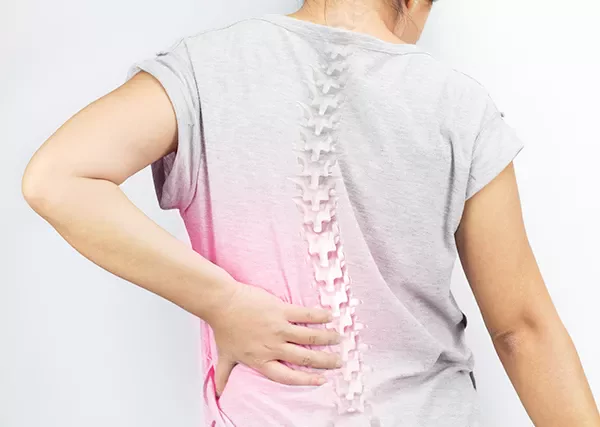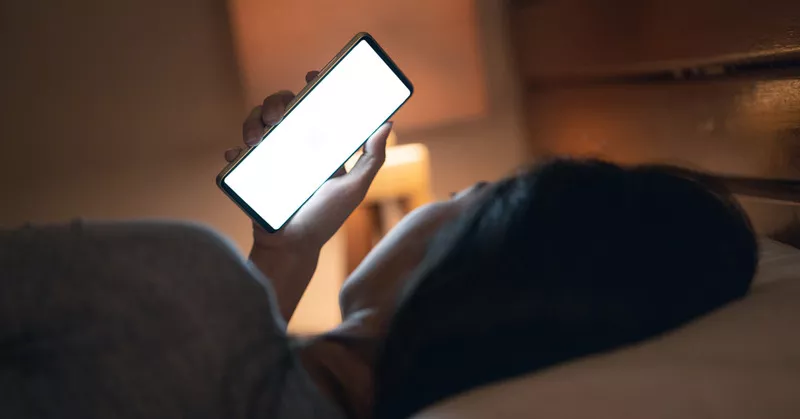Osteoporosis is silent because there are no symptoms (what you feel). Sometimes you might notice height lost by noticing your clothes are not fitting right. Other times it may come to your attention only after you break a bone. When you have this condition, a fracture can occur even after a minor injury, such as a fall. The most common fractures occur at the spine, wrist and hip. Spine and hip fractures, in particular, may lead to chronic (long-term) pain and disability, and even death. The main goal of treating osteoporosis is to prevent such fractures in the first place.
Diet — An optimal diet for bone health involves making sure you get enough protein and calories as well as plenty of calcium and vitamin D, which are essential in helping to maintain proper bone formation and density. Experts recommend that premenopausal women and men consume at least 1000 mg of calcium per day; this includes calcium in foods and beverages plus supplements (eg, pills), which you might need if you don't get enough calcium from your diet. Postmenopausal women should consume 1200 mg of calcium per day (total of diet plus supplements). However, you should not take more than 2000 mg calcium per day, due to the possibility of side effects. The main dietary sources of calcium include milk and other dairy products, such as cottage cheese, yogurt, and hard cheese, and green vegetables, such as kale and broccoli
Experts recommend that men over 70 years and postmenopausal women (ie, women who no longer have monthly periods) consume 800 international units (20 micrograms) of vitamin D each day. This dose appears to reduce bone loss and fracture rate in older women and men who have adequate calcium intake. Although the optimal intake has not been clearly established in premenopausal women or in younger men with osteoporosis, 600 international units (15 micrograms) of vitamin D daily is generally suggested.Milk supplemented with vitamin D is a primary dietary source of vitamin D; it contains approximately 100 international units (2.5 micrograms) per 8 oz (236 mL). Another good source is salmon, with approximately 800 international units (20 micrograms) per 3 oz (98 g) serving. Other foods, such as orange juice, yogurt, and cereal, are also available with added vitamin D
Exercise — Exercise may decrease fracture risk by improving bone mass in premenopausal women and helping to maintain bone density in women who have been through menopause. Furthermore, exercise can strengthen your muscles, improve your balance, and make you less likely to have a fall that could lead to fracture or other injury. Most experts recommend exercising for at least 30 minutes three times per week. Many different types of exercise, including resistance training (eg, using free weights or resistance bands), jogging, jumping, and walking, are effective.
Avoiding falls — Falling significantly increases the risk of osteoporotic fractures in older adults. Taking measures to prevent falls can decrease the risk of fractures. Such measures may include the following:
- Removing loose rugs and electrical cords or any other loose items in the home that could lead to tripping, slipping, and falling.
- Providing adequate lighting in all areas inside and around the home, including stairwells and entrance ways.
- Avoiding walking on slippery surfaces, such as ice or wet or polished floor
- Avoiding walking in unfamiliar areas outside.
- Reviewing drug regimens to replace medications that may increase the risk of falls with those that are less likely to do so.
- Visiting an ophthalmologist or optometrist regularly to check your vision.
Medications that increase risk — Certain medications can increase bone loss, especially if used at high doses or over a long time. In some cases, you can reduce your risk of osteoporosis by stopping the medication, reducing the dose, or switching to a different medication. Medications that may increase bone loss include the following:
- Glucocorticoid medications (eg, prednisone)
- Heparin, an "anticoagulant" medication used to prevent and treat abnormal blood clotting
- Certain antiepileptic drugs (eg, phenytoin, carbamazepine, primidone, and phenobarbital)
- Aromatase inhibitors for the treatment of breast cancer (eg, letrozole, anastrozole
OSTEOPOROSIS SCREENING
Experts suggest screening for osteoporosis for women 65 years and older and for women under 65 who have gone through menopause and have risk factors (such as past fracture, certain medical conditions or medications, or cigarette or alcohol use). Screening involves physical examination, discussion of the person's history, and measurement of bone density through imaging tests. Bone density testing is discussed in more detail separately.
OSTEOPOROSIS TREATMENT
The measures discussed above can help to prevent osteoporosis or reduce your risk of fracture if you already have osteoporosis. Depending on your situation, your health care provider may also recommend medication or hormonal therapy.
Who needs treatment with a medication? — People with the highest risk of fracture are the ones most likely to benefit from drug therapy. In the United States, the National Osteoporosis Foundation (NOF) recommends use of a medication to treat postmenopausal women (and men ≥50 years) with a history of hip or vertebral (spine) fracture or with osteoporosis on bone density testing (T-score ≤-2.5). T-scores are numbers that doctors use to measure bone density based on the way your bones look on imaging
A number of medications are available for the prevention and/or treatment (“management”) of osteoporosis.





